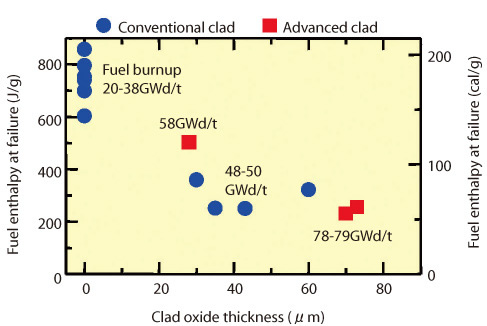Fig.5-5 Pulse irradiation experiment at NSRR

Fig.5-6 Relation between clad corrosion and safety performance
Extending the utilization period of reactor fuel, i.e. burnup extension, is being promoted worldwide for efficient use of natural resources and reduction of spent fuels. The burnup extension, however, leads to higher corrosion of fuel clad and larger accumulation of fission products in fuel pellets. Accordingly, fuel safety at high burnups must be confirmed under accident conditions as well as under normal operation conditions. To clarify fuel behavior and failure mechanisms in a reactivity initiated accident (RIA), power burst tests simulating RIA are carried out at the NSRR on high burnup fuels which have been irradiated in power producing reactors (Fig.5-5).
The NSRR tests showed that fuel rods with corroded clad could fail due to mechanical load generated by pellet thermal expansion at a power burst. The fuel enthalpy at failure is used as the index of fuel safety in an RIA. It has been clarified that fuel rods with higher burnup could fail at lower fuel enthalpies. These results were incorporated in the Japanese safety regulatory guides for power producing reactors.
The current regulatory guides are based on the test results of conventional fuel rods. However, advanced clad alloys with higher corrosion-resistance have been introduced. The fuel rods with such improved claddings sustained higher fuel enthalpies than the conventional rods in the latest NSRR tests. Fig.5-6 shows the relation between the clad oxide thickness, representing the corrosion level, and fuel enthalpy at failure. It can be clearly seen that fuel enthalpy at failure correlates with the oxide thickness better than with burnup. Hence, the oxide thickness is an effective index for fuel safety margin against failure in RIA.
Currently, further extension of burnup, extensive utilization of plutonium and improvement of pellet and cladding are being promoted simultaneously. The NSRR test program continues to support safety regulatory authorities by providing advanced safety evaluation methods and tools based on the experimental data and understanding of key phenomena.
The tests with 78-79GWd/t fuels were sponsored by the Nuclear and Industrial Safety Agency of the Ministry of Economy, Trade and Industry.